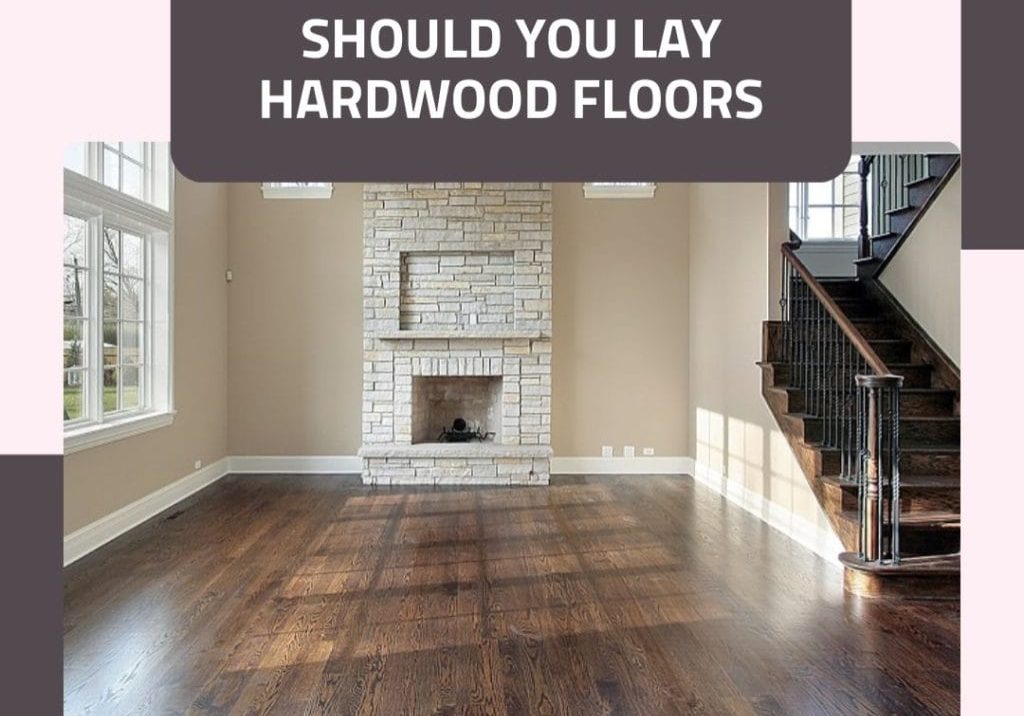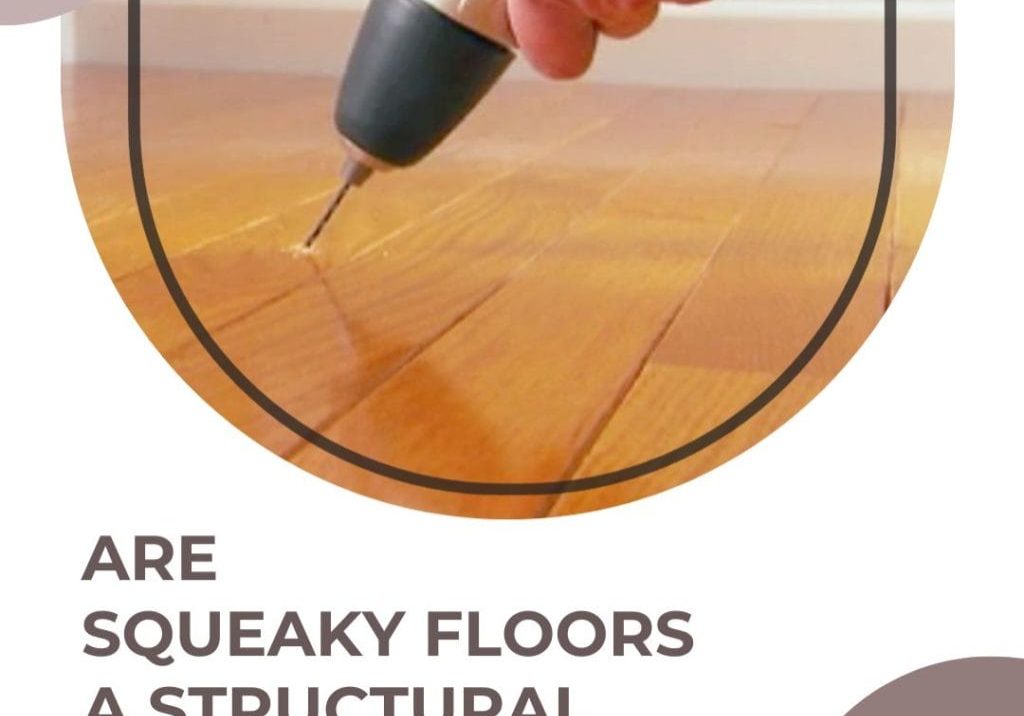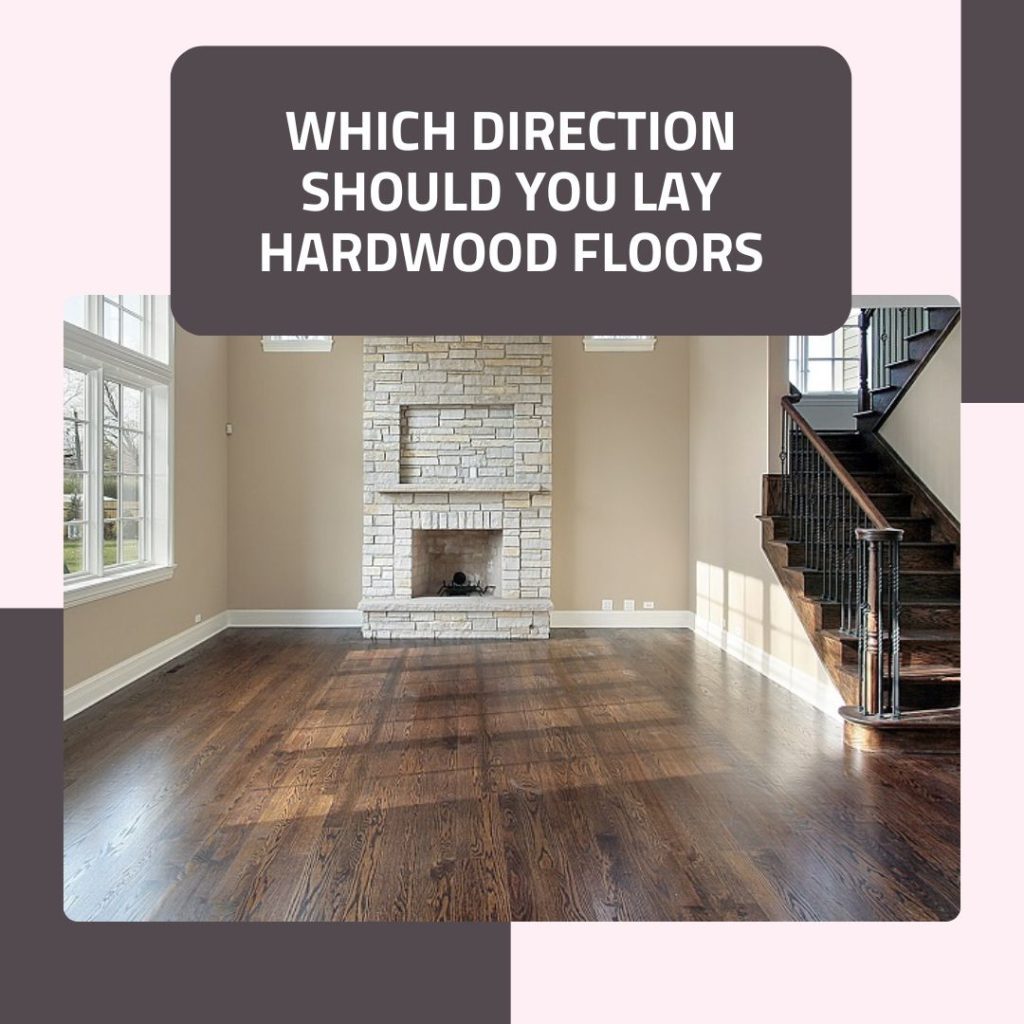When considering flooring options for your basement, one question often comes to mind: Should you use hardwood floors in the basement? While aesthetically pleasing, the practicality of hardwood in a basement setting involves factors such as durability, cost-effectiveness, and maintenance. Let’s delve into these considerations.
Understanding the Basement Environment
Basements present unique environmental challenges, making flooring choices crucial; let’s explore these factors in detail.
Moisture Concerns in Basements
Basements often deal with higher moisture levels from humidity, leaks, or condensation. This damp environment can be problematic for hardwood floors, causing them to warp or rot over time. Moisture can seep through concrete slabs and attack the wood from below, leading to costly repairs and replacements.
Temperature Fluctuations in Basements
Unlike other building parts, basements are prone to drastic temperature changes, oscillating between extreme cold and warmth. These fluctuations can cause hardwood floors to expand and contract, resulting in cracks, gaps, or buckling.
Other Basement-Specific Challenges
Basements often double as storage spaces, hosting heavy objects and machinery. This usage can result in substantial wear and tear on flooring. Hardwood, while durable, is susceptible to scratches and dents from heavy equipment or accidental drops. Basements are typically less ventilated, leading to stagnant air and potential mold growth, which can eat into wood over time.
Appeal of Hardwood Floors
Despite these challenges, hardwood floors in basements have a certain appeal. They offer a warm, inviting look that can transform a basement into a comfortable and attractive space. Let’s examine the compelling arguments for choosing hardwood floors.
Aesthetic Appeal of Hardwood Floors
The aesthetic appeal of hardwood floors is undeniable. They exude a timeless elegance and warmth that can instantly elevate the ambiance of a basement. Their versatile nature allows them to blend seamlessly with diverse décor styles, making them a popular choice despite the challenges.
Versatility of Design
Hardwood flooring offers significant versatility in design with a wide range of wood types, colors, and finishes available. This flexibility allows business owners to customize their basement environment to align with their branding or desired aesthetic appeal, making hardwood an attractive choice despite potential drawbacks.
Ageless Charm
Hardwood floors possess an ageless charm. Unlike other flooring options that might look outdated over time, hardwood floors retain their appeal, aging gracefully. This everlasting popularity makes hardwood flooring a long-term investment in the aesthetic appeal of your basement.
Risks of Hardwood Floors in Basements
While hardwood floors bring undeniable charm and aesthetic appeal to a basement, they also come with potential risks that should be considered carefully before installation. Let’s investigate these moisture-related risks, temperature changes, and general wear and tear.
Potential for Water Damage
Hardwood floors are notably susceptible to water damage. Exposure to moisture can cause these floors to warp, buckle, or even rot, leading to significant repair or replacement costs. Therefore, high basement moisture levels make hardwood flooring a potentially risky choice.
Risk of Warping
Hardwood floors tend to warp due to fluctuating temperatures and humidity levels commonly experienced in basements. This warping can result in an uneven surface and potential tripping hazards, making hardwood a less safe and aesthetically appealing choice for basement flooring.
Other Moisture-Related Issues
In addition to warping and rot, hardwood floors in basements can suffer from mold and mildew growth due to consistent moisture exposure. These issues not only degrade the wood but also pose health risks. Excessive moisture can also create a slippery surface, increasing the risk of accidents.
Preparation and Precautions
Before installing hardwood floors in your basement, taking specific preparation steps and precautions is crucial to minimize any potential issues. Let’s outline these essential preparatory measures and necessary precautions to ensure a successful installation and long-lasting durability of your hardwood floors.
Conduct a Moisture Test
Before installing any flooring, it’s crucial to conduct a moisture test to determine the extent of dampness in your basement. This step will help you gauge if hardwood is a viable option or if you need to consider moisture-resistant alternatives.
Installation of a Vapor Barrier
To safeguard against potential moisture damage, installing a vapor barrier is highly recommended. This protective layer serves as a shield, preventing moisture from seeping into the hardwood floors from the concrete below.
Use of Moisture-Resistant Underlay
Invest in a high-quality, moisture-resistant underlay. This provides an additional layer of protection against dampness and enhances the longevity of your hardwood floors.
Regular Ventilation
Ensure your basement is well-ventilated and maintains a consistent temperature to help prevent the growth of mold and mildew. This can be achieved by using dehumidifiers or installing appropriate heating/cooling systems.
Periodic Maintenance
Regular maintenance is key to preserving the quality of hardwood floors in your basement. This involves cleaning spills promptly, avoiding excessively wet mops, and periodically checking for water damage or warping signs.
By taking these steps, you can better prepare your basement for hardwood floors, mitigating potential risks and extending the lifespan of your flooring.
Alternatives to Hardwood Floors
While hardwood floors offer substantial aesthetic appeal, their susceptibility to moisture-related damage in basements may prompt you to consider other, more resilient alternatives. Let’s explore some viable flooring options that can withstand the basement environment while providing an attractive finish.
Engineered Hardwood and Its Benefits
Engineered hardwood is the best alternative to traditional hardwood flooring. It offers the same timeless aesthetic appeal, but its multi-layer construction enhances moisture resistance, making it a more suitable choice for basements. It requires less maintenance and is more cost-effective, providing an attractive yet practical solution for basement flooring.
Laminate and Vinyl
Laminate and vinyl flooring are also excellent alternatives, offering hardwood’s aesthetic appeal while boasting superior moisture resistance. These cost-effective options mimic the look of real wood and require less maintenance, making them practical choices for basement environments.
Installation Considerations
When installing alternative flooring options like engineered hardwood, laminate, or vinyl in your basement, remember several critical considerations to ensure a successful, long-lasting installation. Let’s delve into these aspects.
Evaluate the Subfloor
Before installing any flooring, inspect the subfloor thoroughly. It should be dry, level, and structurally sound. Any cracks or uneven surfaces need to be fixed as they can affect the integrity of the new floor.
Choose the Right Adhesive
Choosing the right adhesive is crucial, particularly for basements where moisture levels might be high. Opt for bonds specifically designed for basement installations. These adhesives are more moisture-resistant and can help protect against potential damage.
Allow for Acclimatization
Before installing, let the flooring adapt to the basement’s temperature and humidity for a few days. This step can prevent potential warping or expansion after installation.
Install a Moisture Barrier
A moisture barrier is essential when installing hardwood floors in basements. This layer prevents moisture from seeping up from the concrete subfloor and damaging your hardwood.
Leave Expansion Gaps
Leave small gaps around the perimeter of the room during installation to allow for natural expansion and contraction of the floor due to changes in temperature and humidity.
Hire Professionals
Given the unique challenges of basement installations, consider hiring professionals. They have the expertise to handle potential issues and ensure the installation is done correctly, which can extend the lifespan of your floors.
Cost Implications and Warranties
When contemplating flooring changes, understanding the cost implications and warranties associated with your choices is essential. So, let’s delve into the financial aspect and discuss the assurances that come with hardwood and its alternatives.
Cost Implications
Installing hardwood floors in your basement can be a significant investment, with costs influenced by wood species and installation labor. However, alternative options like engineered hardwood, laminate, or vinyl are more cost-effective, providing attractive and durable flooring solutions without breaking the bank.
Warranty Considerations
Warranty considerations are a crucial aspect of your flooring decision. Typically, hardwood floors come with limited warranties covering specific damages, but these may not include moisture-related issues common in basements. On the other hand, engineered hardwood, laminate, and vinyl often offer more comprehensive warranties suitable for basement conditions.
Case Studies and Expert Opinions
Let’s delve into real-world case studies and hear from industry experts to further illustrate the considerations and implications of installing hardwood floors in basements. Their insights and experiences provide practical context and can guide you in your decision-making process.
Case Study: John’s Hardware Store
John’s Hardware Store, a medium-sized business, chose to install traditional hardwood floors in their basement. Despite the initial aesthetic appeal, they faced considerable maintenance costs due to warping and moisture damage. This experience led them to reconsider and opt for engineered hardwood, which proved to be a more practical and cost-effective solution in the long run.
Flooring Expert: Jane Doe
Jane Doe, a renowned flooring expert, advises business owners to consider practicality alongside aesthetics. She acknowledges the allure of traditional hardwood but strongly recommends alternatives like engineered hardwood, laminate, or vinyl for basement installations due to their durability, cost-effectiveness, and lower maintenance requirements.
Case Study: Bella’s Boutique
Bella, a boutique owner, opted for luxury vinyl plank (LVP) flooring in her basement. She found it an excellent decision as it withstood the test of time and moisture. “LVP was a game-changer for us. It’s water-resistant, easy to clean, and looks so much like real wood that our customers often compliment us on our ‘hardwood’ floors,” Bella explains.
Flooring Expert: Bob Smith
Bob Smith, an expert from ‘Bob’s Flooring,’ believes in the practicality of laminate flooring in basements. He states, “Laminate flooring is a go-to option for many clients. They appreciate its durability, affordability, and the variety of styles that can easily mimic hardwood. It’s a great fit for basements.”
Conclusion
While the allure of traditional hardwood floors in basements is undeniable, practical, cost-effective, and durable alternatives are often better. These alternatives successfully mimic the aesthetics of hardwood while better handling the unique challenges that basements present. Hence, when considering hardwood floors in your basement, it’s important to weigh the aesthetic appeal against practicality, durability, and cost-effectiveness.









